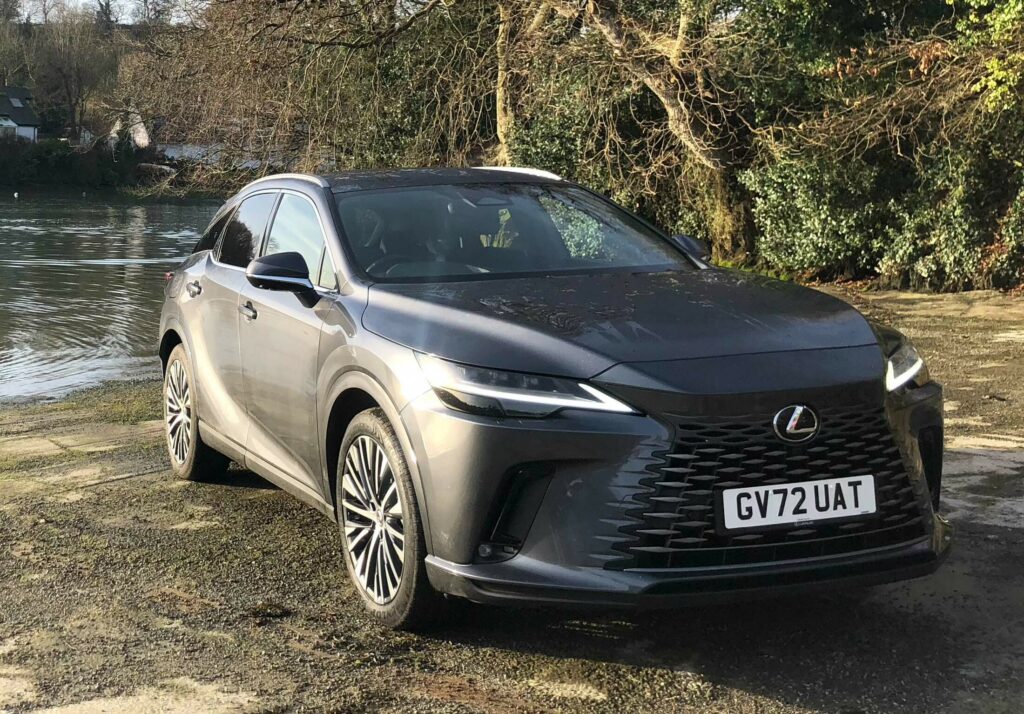We’ve all got out own idea about how much power and acceleration we need from a new car. But if you allow yourself to get suckered in by automaker’s marketing material, you’d have to conclude that it’s at least 200 hp (203 PS), and probably more like 300 hp (304 PS).
And as for acceleration, well, we’re constantly being bombarded with messages that a sub-5-second zero to 60 mph (96 km/h) time is desirable, so anything that takes longer than 10 seconds must be Satan’s spawn. But if you’re driving a modern plug-in hybrid and maximizing its zero emissions potential, you’re probably in effect driving a sub-200 hp car whose zero to 60 time is in double figures. You just might not have thought about it that way.
For the past three years I’ve run a series of PHEV cars: Ford Kuga (Escape), DS 9, Mazda CX-60 and Lexus RX 450h. They’ve all delivered around 25-35 miles (40-56 km/h) of electric driving and I always tried to make the most of that capability because those electric miles cost less than the equivalent petrol miles, and because in most cases the refinement was so much better in electric mode than with the engine running.
More: What Happens When You Drive A PHEV Without Gas?
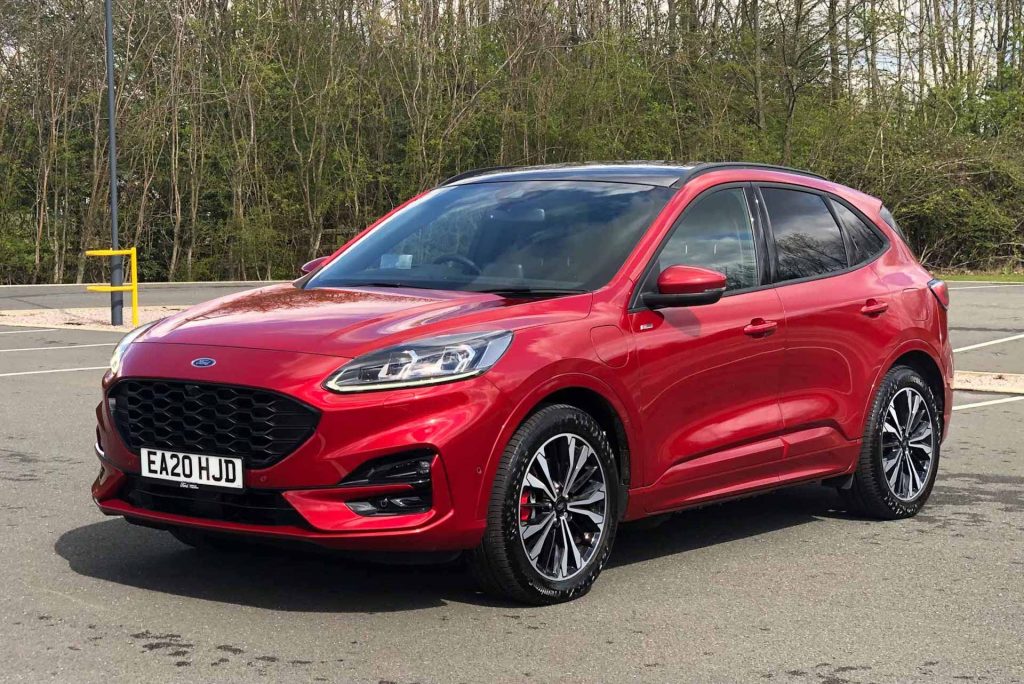
I still love combustion engines, and own two other ICE cars, but the CX-60 suffered horrific shunt in hybrid mode and the sound of its four-cylinder engine droning away ruined the otherwise impeccable luxury ambience of the RX. Both were more enjoyable when their batteries were doing all of the heavy lifting.
Restricting both to electric power, though, means making a big performance sacrifice. The CX-60’s total system output is 323 hp (327 PS) and with both power sources contributing it’ll get to 60 mph in 5.8 seconds. But the single electric motor mounted inside the transmission is only rated at 173 hp (129 kW / 175 PS), and still has to haul 4,700 lbs (2,130 kg), meaning it takes around twice as long to get to 60 because it has the same power to weight ratio as a 78 hp (79 PS) Mitsubishi Mirage.
Obviously there were times when I wanted more go than that, like when trying to overtake on a two-lane road, or when I got the urge to go nuts on an empty stretch of curly asphalt and woke the 2.5-liter Skyactiv engine out of its slumber to lend a hand. But I often found myself trying to keep the ICE bit out of the equation, like it was some sort of challenge. And for the most part, when just running trips close to home during the week, there just wasn’t the need for, or opportunity to use, the full 323 hp output.
The electric motor was ample. An 11-second zero to 60 mph time might look lame, but it felt much punchier than that in reality because it still delivered its torque instantly, just like a true EV, and accelerate relatively urgently until 40 mph (64 km/h). And it could still cruise at 80 mph (128 kmh) on the motorway without needing to call for ICE backup.
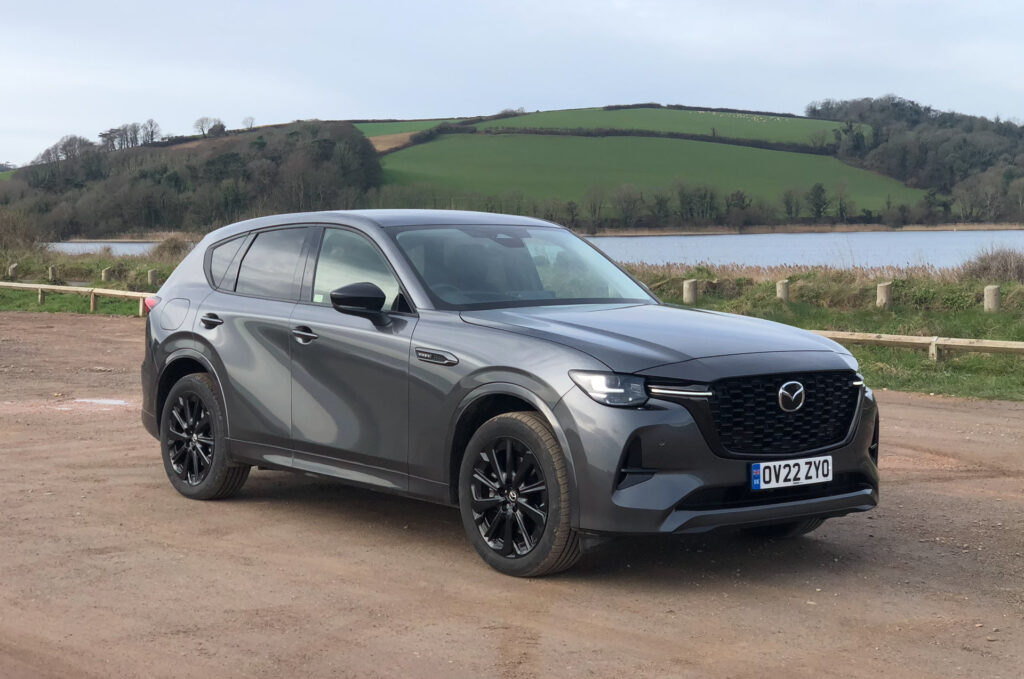
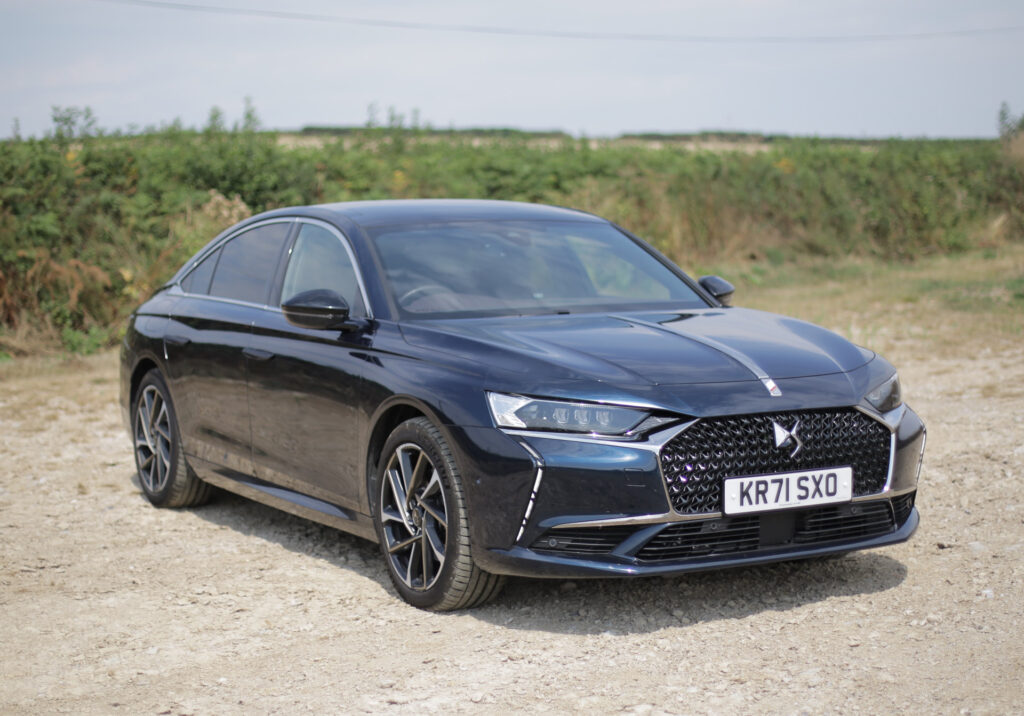
I love the kick in the back you get from launching a car that has more power than it could ever need, but driving this succession of PHEVs has made me think about how much power we really do need, and use. It’s also serves as a reminder of how our attitude to power and acceleration has changed over the years. Back in the 1990s a car that could get to 60 mph in 8 seconds was considered reasonably quick, but today it’s just as likely to get slated as inadequate, even though we’re driving on the exact same roads.
One point worth making about the PHEVs I’ve run over the past three years is that none could top 40 miles of electric driving. But some of the latest plug-ins are rated at 60-70 miles (97-113 km) of range. That means drivers of those cars are going to be spending even more time traveling purely on battery power. And what about the next generation of PHEVs? Will more advanced batteries give them a 100-mile (161 km) range?
It seems to me that if buyers are going to be spending more time driving in EV mode, they should be offered more information about how the car performs in that configuration. Knowing that a car has a total petrol-electric system output of 323 hp and can hit 60 mph in 5.8 seconds in no way helps you understand how it’s going to feel when the you remove one of the power sources from the equation.
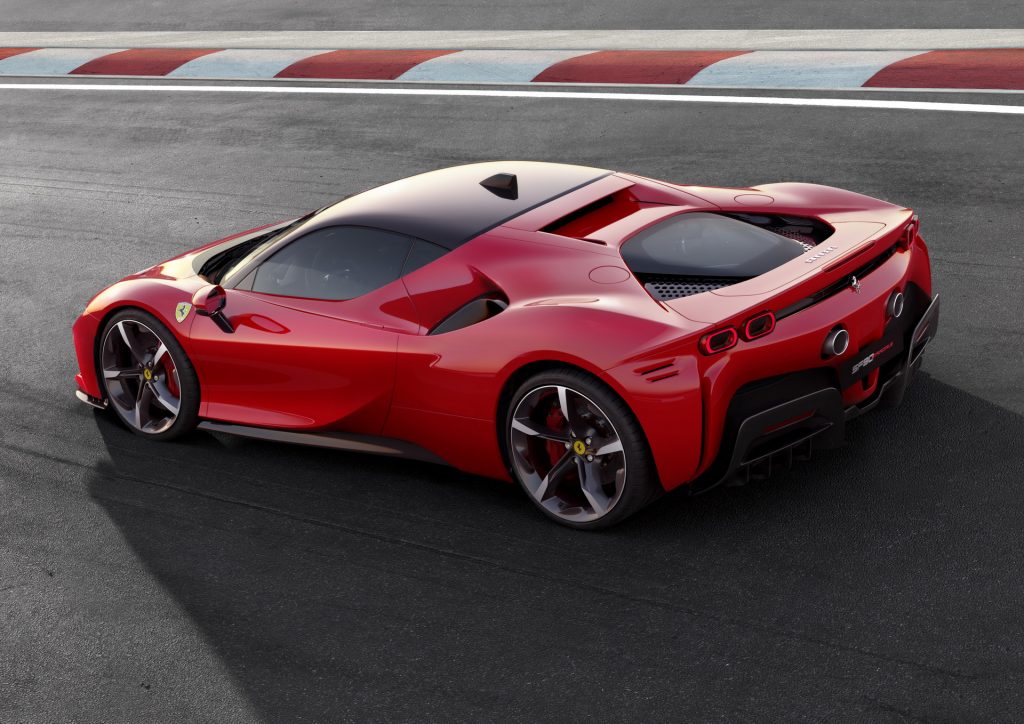
Bizarrely, Ferrari did publish a zero to 62 mph (100 km/h) time for its SF90 Stradale when the PHEV supercar was launched, revealing that the mid-engined coupe needed over 9 seconds in EV mode versus 2.5 seconds when the twin-turbo V8 was helping out. But most automakers give us no clue how fast their PHEVs go, and often they don’t make it easy for buyers to find out how much power the electric motor provides, preferring only to talk about the overall powertrain output.
Years ago Car & Driver, realizing that 0-60 mph times are mostly nonsense, because real people don’t sidestep the clutch at 5,000 rpm at stoplights, came up with a 5-60 mph (8-96 km/h) “street start” test, a great idea that should really have spread further. By the same token, maybe the auto industry should start publishing some kind of performance data to show how hybrids perform in electric mode to give us a better real-world insight into what they’re going to be like to drive.
